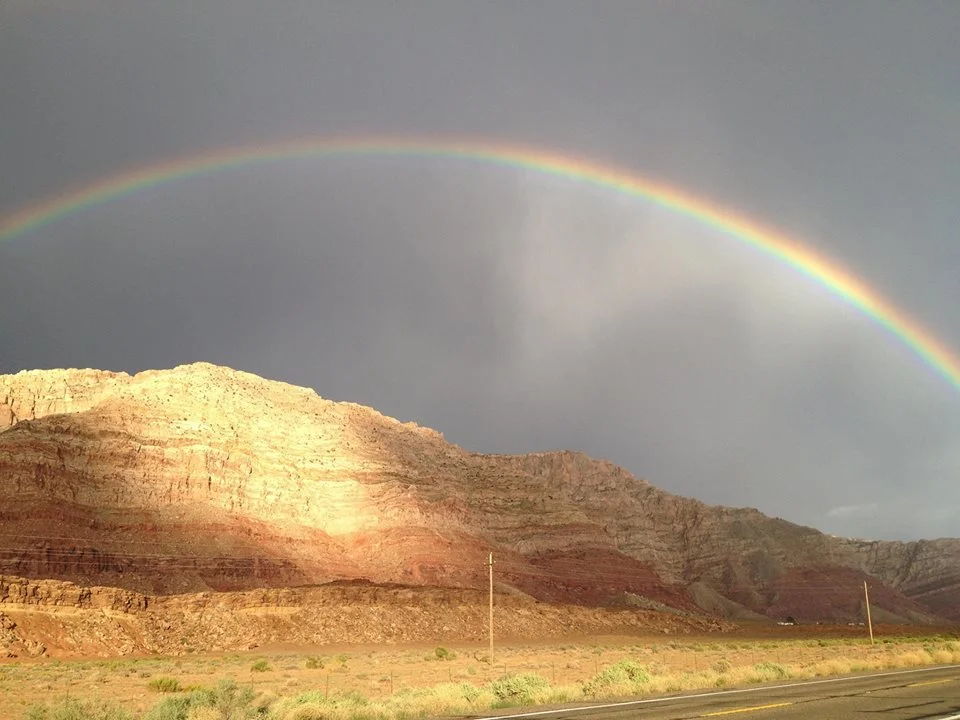Resentments make even the best of us feel superior. I’ve always found a sort of security in them, as if they were monkey moms, a place to hold on that is better than nothing.
Guggenheim award-winner Anne Lamott has been a best-seller for thirty years due to her understated and self-deprecating humor on issues ranging from single motherhood and addiction to her liberal activism, Christianity, and the literary life. A sort of Everywoman who reflects the flaws we all can recognize in ourselves, she is a sort of Mark Twain for the modern ages.
The unifying theme of this collection is unexpected forgiveness, divine and human, from within and without. Although she never directly labels her indiscretions as the Seven Deadly Sins, her stories draw heavily on the themes of pride, envy, sloth, wrath, gluttony, and greed, in that order, with a scant nod to lust.
I listened to this book on Audible, but would recommend the printed version instead, as I found five-and-a-half hours of the author’s monotone, while effective in underscoring her offhand humor, to be a bit soporific. You can judge for yourself by going to the 37:40 minute mark of this one-hour book talk where she reads her essay Victory Lap, a funny and frank reflection on living a full life while dying.
